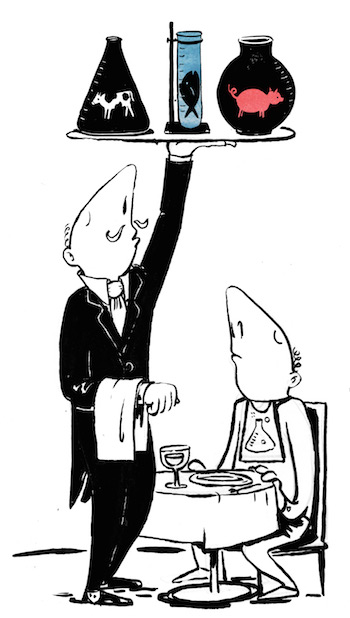ZEITGUIDE TO BEER

Super Bowl Sunday. That time of year when everyone—from football diehards to sports neophytes—congregates for the game, the commercials, the chicken wings, the nachos and, perhaps most of all, to enjoy a few beers with friends.
The marriage between beer and football is undeniable. Consider the slate of Super Bowl commercials this year: While you won’t see any Clydesdales or frogs, top brands like Budweiser and Stella Artois will be promoting their philanthropic efforts during the game. Bud Light will continue hammering viewers over the head with “dilly, dilly.”
Speaking of Bud Light: though it accounts for one out of every six beers sold in the U.S., its sales have been seeing a steady decline. From 2010-2016, sales of Budweiser and Bud Light fell 17% and 14%, respectively. Americans are drinking less beer than they used to, but overall sales rose 1.2% in 2017, suggesting consumers are spending more for the beer they are drinking.
That’s to the benefit of craft breweries, sales for whom have risen from 10.7 million barrels in 2010 to more than 25 million sold last year. There are currently more breweries in the U.S. than at any other time in the country’s history.
Major breweries have responded to this disruption with an approach we’ve seen from legacy businesses in all industries: Through buying, building, and buddying up. The latter approach is best represented by the $107 billion merger between AB InBev and SABMiller in 2016.
The buying has included acquisitions of popular craft brands like Chicago based Goose Island by AB InBev, California’s Lagunitas by Heineken and Atlanta’s Terrapin Brewing by MillerCoors. Many other small brewers have sold partial stakes to major brands, making it hard for anyone not obsessively tracking the beer industry to know who is really responsible for that six-pack of double IPA they’re picking up in the supermarket.
AB InBev built ZX Ventures, a division within the company intended to grow its access to consumer data. That includes work with e-commerce delivery systems, like an investment Ze, a one-hour beer delivery service in Brazil. The division has also invested in, and acquired, popular beer rating apps, including RateBeer. This gives InBev knowledge of which beers are most popular where, enabling the company to better target its marketing for any of the dozens of brands in its dominion.
There are regulatory limits in the U.S., however, that will keep any single beer brand from achieving an Amazon-like takeover of the market. Brewers are separated from the means of distribution and consumer sales by what are referred to as “tied-house” laws. That’s why you won’t see an InBev owned app to get Bud Light to your house (though you can have it delivered by Amazon).
“Alcohol regulations have long discouraged vertical consolidation, encouraged retailers to leave room for new brands, and more recently made it easier for individuals to introduce their own batch of beer to the market,” writes Derek Thompson in The Atlantic. That bodes well for you: Independent craft brewers aren’t going anywhere soon, and you will continue to have more good beer to stock your fridge with for Super Bowl Sunday—and throughout the year.
Want to learn more about ongoing business and cultural transformation?
#GetSmartQuick with ZEITGUIDE 2018.
Inquire about our custom offerings.
Sign up to receive our weekly newsletter.
